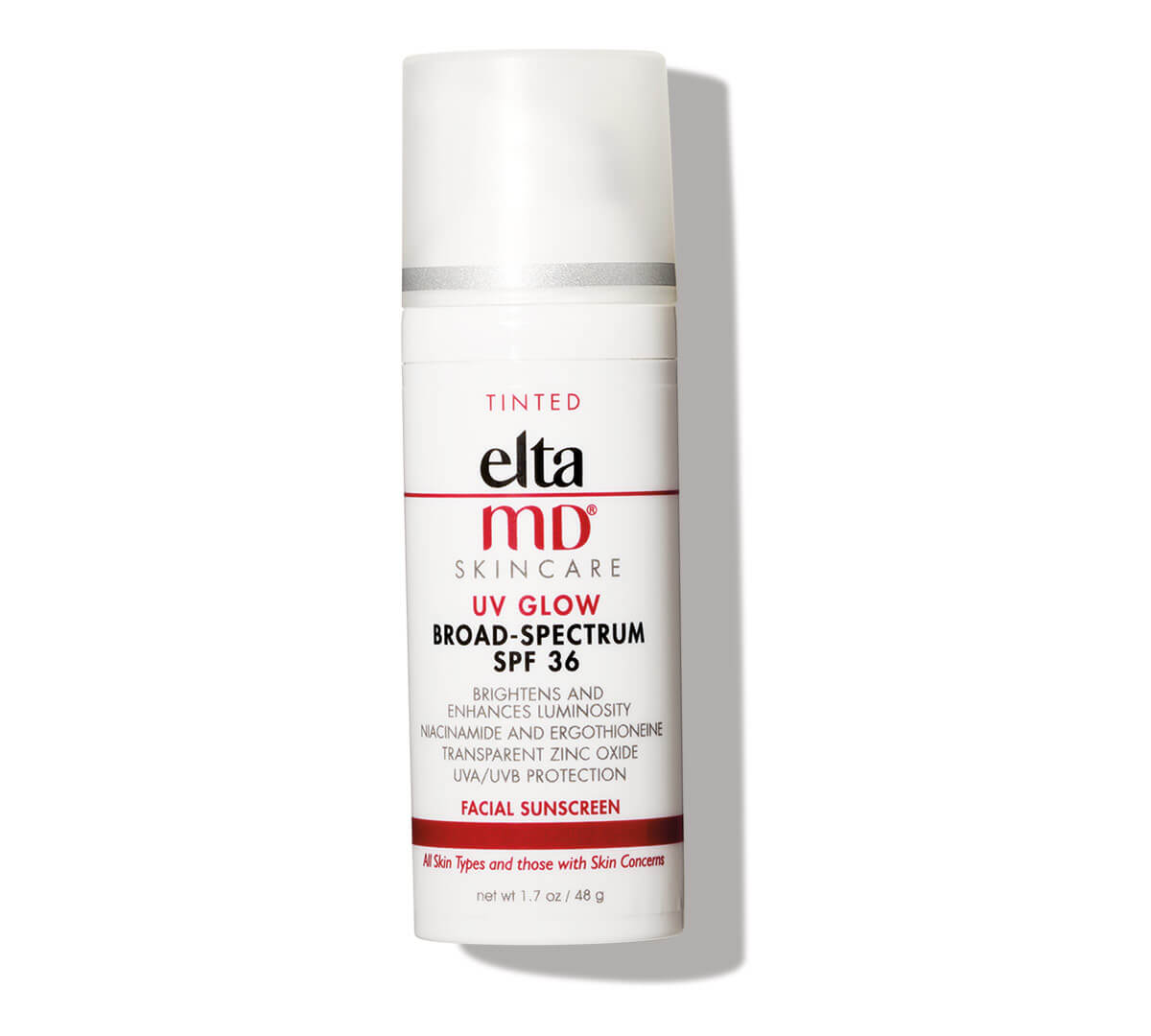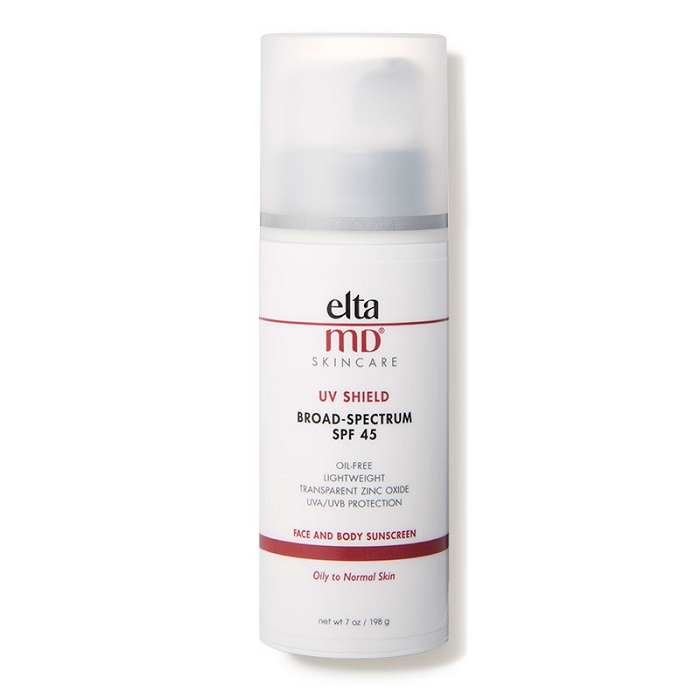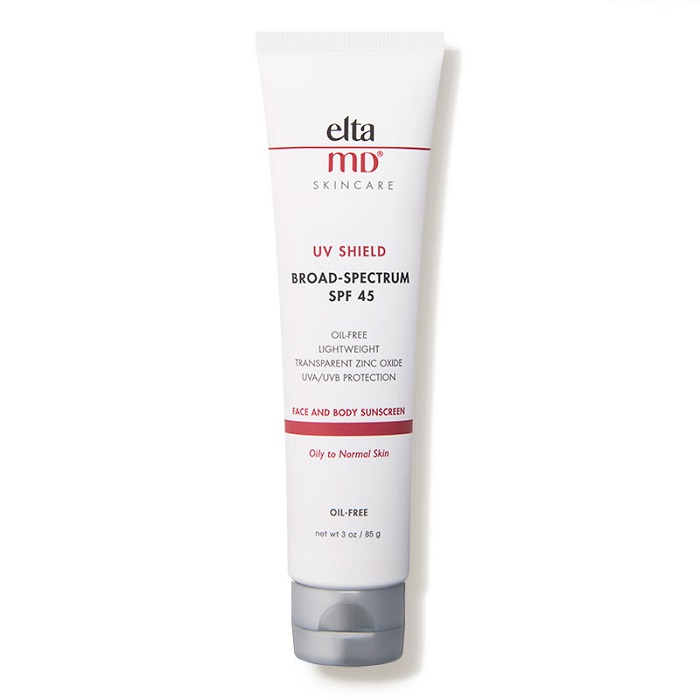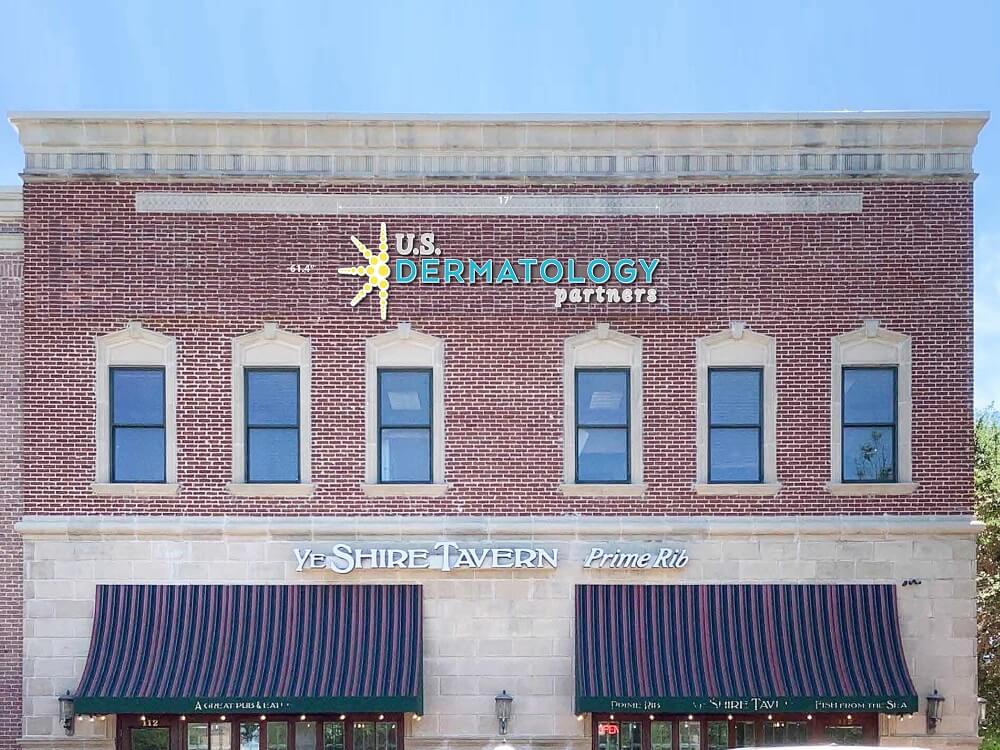
UV Glow Tinted Broad-Spectrum SPF 36 (1.7 oz)

UV Shield Broad-Spectrum SPF 45 (Pump)

UV Shield Broad-Spectrum SPF 45 (Tube)

We are on the southwest corner of Jupiter at 190 and George Bush just east of 75. We are behind Silver Fox and Texas restaurants at the end of the second floor of the shopping center.
Get Directions|
Monday: |
8:00AM - 4:00PM |
|
Tuesday: |
8:00AM - 4:00PM |
|
Wednesday: |
8:00AM - 4:00PM |
|
Thursday: |
8:00AM - 4:00PM |
|
Friday: |
Closed |
|
Saturday: |
Closed |
|
Sunday: |
Closed |
What sets apart U.S. Dermatology Partners Richardson, formerly North Texas Dermatology Richardson, is our treatment of the patient as a person and not a “body.” We are committed to providing excellent dermatology care, and we are dedicated to delivering care compassionately during every visit.
We enjoy providing care for the entire family and relish the trust that we build with every dermatology patient. Our dermatologists in Richardson see patients of all ages and skin types for general, surgical, and cosmetic dermatology. We treat skin conditions such as acne, psoriasis, eczema, and more. In addition to our dermatology services, we offer aesthetic and laser services. Some of the more common aesthetic services include 3D Skin Rejuvenation, acne treatments, Botox, chemical peels, fillers, Laser Genesis rejuvenation, laser hair removal, and much more! You can view a complete list of our services below.
We are proud to serve the surrounding neighborhoods and areas of Richardson, Texas:
Looking for a dermatologist in Richardson, Texas? Look no further. Whether you suffer from pain, irritation, or embarrassment from a persistent skin condition or if you’ve noticed a suspicious new spot or mole, we can help. Contact our office today to get started.
For general inquiries or if you would like to request a call back, please click below to fill out our contact form.
Contact Us
UV Glow Tinted Broad-Spectrum SPF 36 (1.7 oz)

UV Shield Broad-Spectrum SPF 45 (Pump)

UV Shield Broad-Spectrum SPF 45 (Tube)
